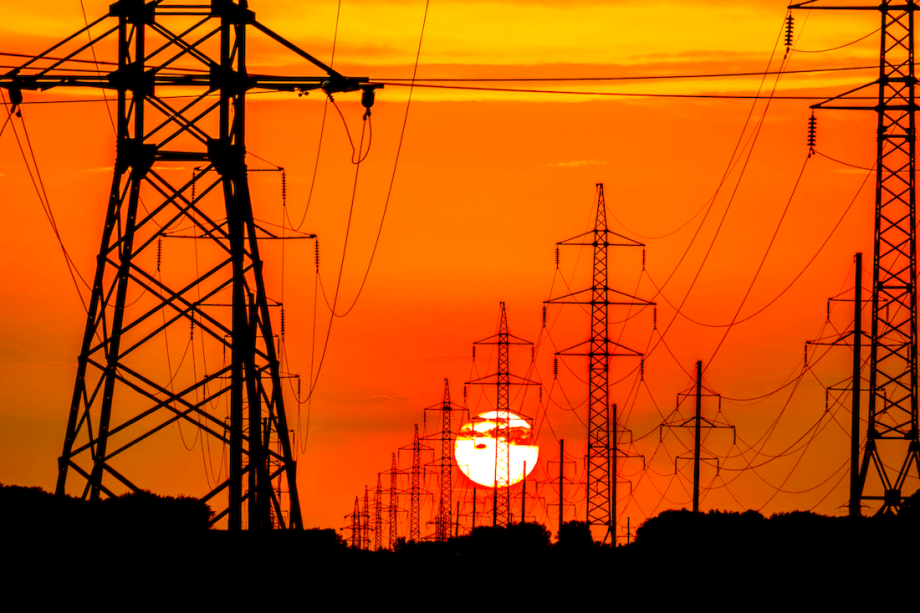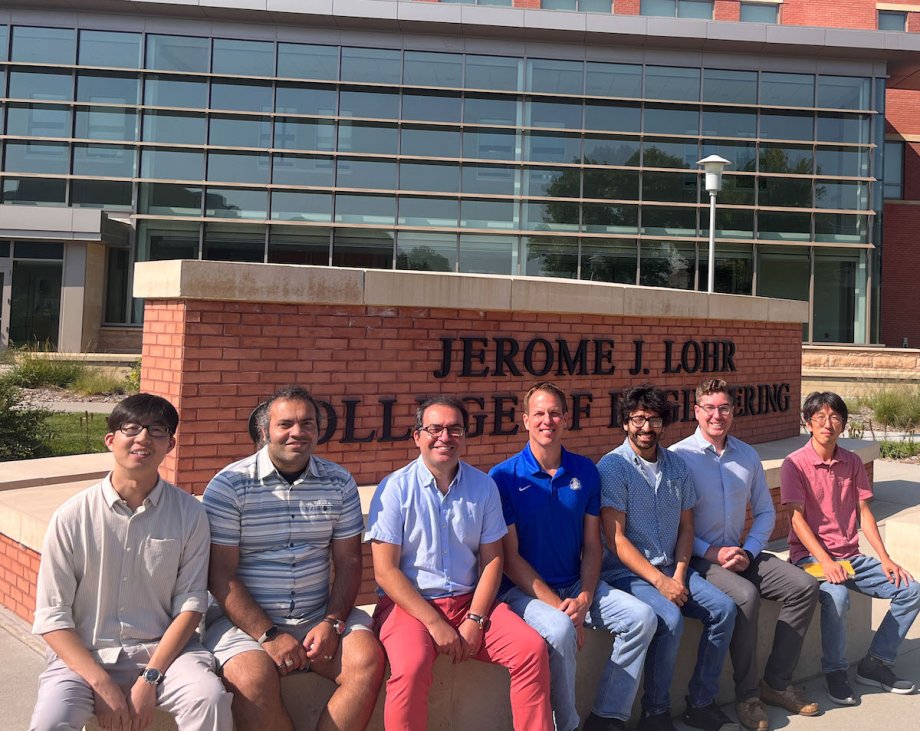
Through a four-year, $750,000 grant from the National Science Foundation, South Dakota State University will partner with universities from the far corners of the United States to improve electrical grids with an emphasis on underserved, rural communities.
The project, titled "STORM: Data-Driven Approaches for Secure Electric Grids in Communities Disproportionately Impacted by Climate Change," is part of a larger $6 million investment from NSF. Led by the University of Maine, it will include collaborations with researchers from SDSU, University of Alaska Fairbanks, and University of Puerto Rico Mayaguez.
"We are at a crossroads in the electric industry with much of the power engineering workforce retiring at the same time," said Tim Hansen, associate professor in SDSU's Department of Electrical Engineering and Computer Science and co-principal investigator on the project. "This project is happening at the perfect time to train the next-generation workforce in the necessary skills for the future electric grid that goes beyond traditional electrical engineering topics, such as machine learning and cybersecurity."
The basis for this project was developed as researchers and stakeholders became increasingly concerned with the impact changing climatic conditions were having on the power grid. In 2021, Texas—faced with record low temperatures—experienced a devastating snow and ice storm that wiped out the state's electric grid, leaving millions without power. This event prompted researchers to begin investigating ways to "beef up" electrical grids around the country.
"How we design the grid to cope with those [type] of events is a big research question for us," said Reinaldo Tonkoski, University of Maine's Robert N. Haskell Power Professor of Electrical and Computer Engineering and principal investigator of the project.
Communities across South Dakota are no strangers to winter weather, but an increase in severe weather events—like the derecho in 2022—has prompted researchers to begin developing resilient electrical systems for all types of weather events. Particularly close attention is being paid to rural areas that lack substantial support systems in the case of a power grid failure.
"Grid resiliency is not a one-size-fits-all solution. Engaging with local communities to build the skills they will need is crucial to improving the grid and bringing economic prosperity to our jurisdictions," Hansen added.
The SDSU research team will be collaborative in nature and feature faculty members from multiple departments in the Jerome J. Lohr College of Engineering. They include Hossein Moradi and Michael Puthawala, assistant professors in the Department of Mathematics and Statistics; Kaiqun Fu and Kwangee Won, assistant professors in the Department of Electrical Engineering and Computer Science; Mostafa Tazarv, associate professor in the Department of Civil Engineering; Artitra Banarjee, assistant professor in the Department of Civil Engineering; and Jeffrey Doom, associate professor in the Department of Mechanical Engineering.

Over the course of the project, the research team will focus on creating and deploying community-centered solutions that are sustainable, reliable and affordable. This will be done through the creation of a "virtual reality" laboratory for remote power and energy research studies between all the participating institutions. Funding will also provide for equipment that Tazarv, who specializes in structural engineering, will deploy to model the impact of storms on trees and electric poles to create more robust, resilient infrastructure.
"We are poised to have a variety of experiences to share on how to deal with different types of events," Tonkoski said. "This will help us develop holistic and complete solutions that can be deployed both nationwide and worldwide."
As Hansen notes, leveraging relationships with industry and community partners will be key to this project. Sioux Valley Energy, Missouri River Energy Services, Siemans, East River Electric Co-op, and the National Rural Electric Cooperative Association are all listed as partners in this project.
Funding comes by way of NSF's EPSCoR Track-2 awards, a $56 million investment from NSF to bolster innovative and adaptive research infrastructure across the country.
- Contact:
- Telephone number: 605-688-6161
Republishing
You may republish SDSU News Center articles for free, online or in print. Questions? Contact us at sdsu.news@sdstate.edu or 605-688-6161.

